Do you suffer from shortness of breath, a cough or a tight chest? These respiratory symptoms are common with lung infections. People with chronic respiratory disease often have these symptoms.
We go through some easy breathing techniques that can help relieve common respiratory symptoms – in adults and children alike.
Pursed lip breathing is where you breathe out against resistance. It is a technique that helps with:
» How to do the breathing technique: Instructions for pursed lip breathing
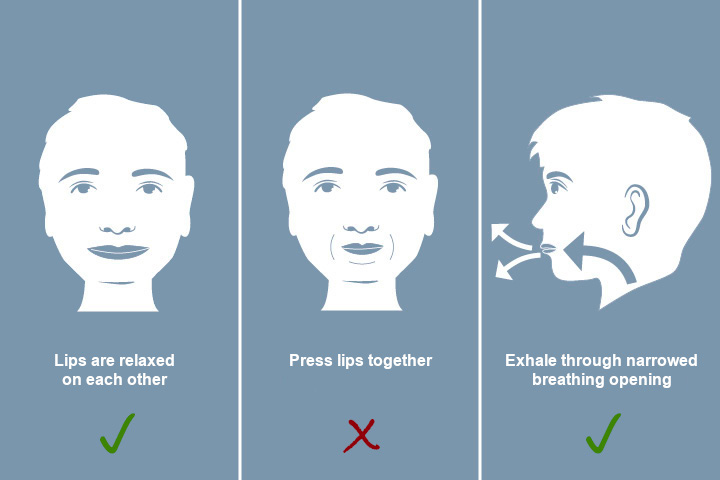
One way to supress the urge to cough or to get a grip on a coughing attack is “shallow breathing”. Fast and shallow breathing changes the airflow into the airways, which can relieve the irritation.
If you feel the urge to cough while you are using the nebuliser, stop the inhalation and breathe fast and shallow in and out a few times before resuming the nebuliser therapy.
NB: Shallow breathing is not normally recommended. It should only be used briefly as a targeted and conscious breathing technique.
» How to use the “shallow breathing” technique: Instructions on conscious shallow breathing
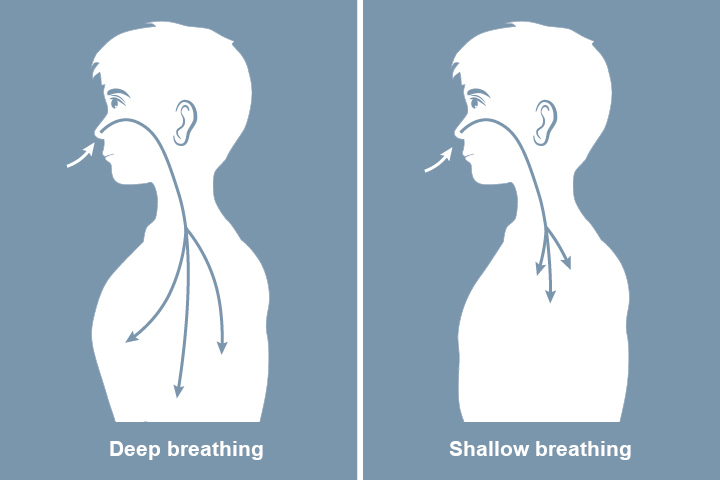
During an acute asthma attack, the small airways constrict to such an extent that normal breathing is significantly impaired. And then panic is added into the mix. More conscious breathing can mitigate respiratory distress.
» How to use conscious breahting
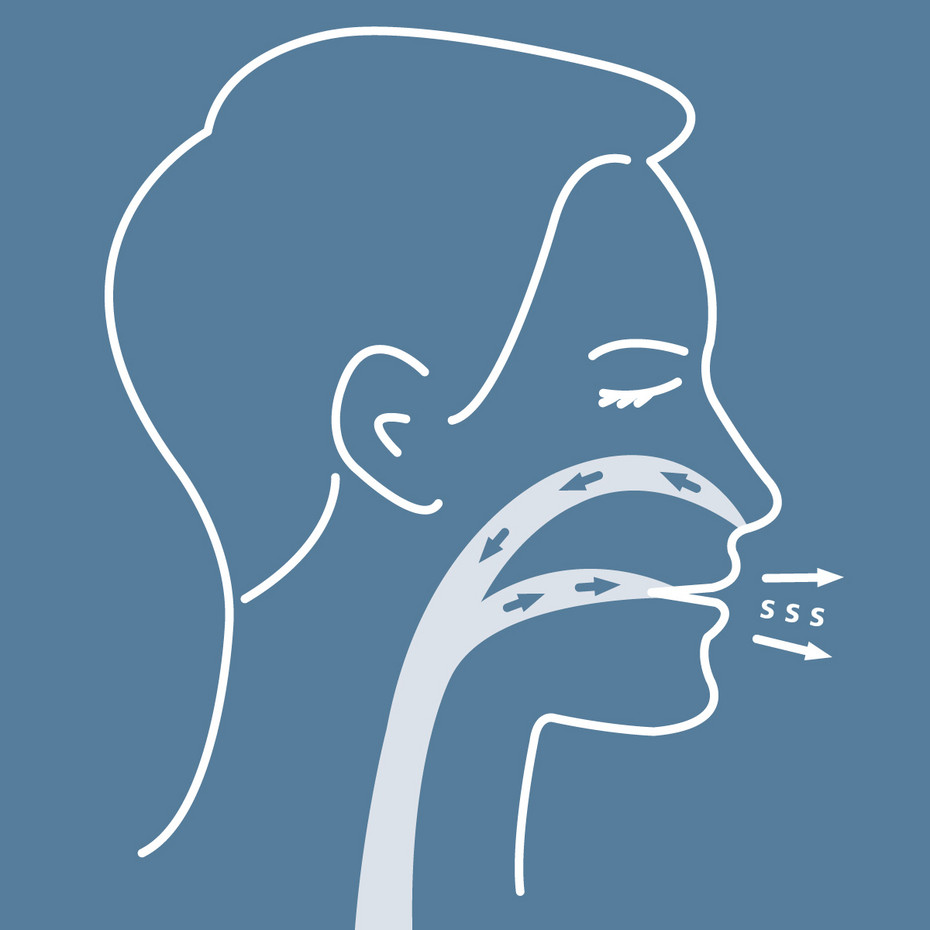
Abdominal breathing, also called diaphragmatic breathing, is based on calmly breathing in and out. Abdominal breathing aims to bring air into the lungs in the most optimal and economical way as we breathe in. This air is then completely expelled as we breathe out.
As a matter of principle, all of us should practise conscious breathing every now and then so that we do not forget how. Many people breathe too shallow and only fill the upper part of the lungs when they inhale. And yet abdominal breathing is considered a healthier breathing technique because it is more natural.
» How to do abdomial breathing
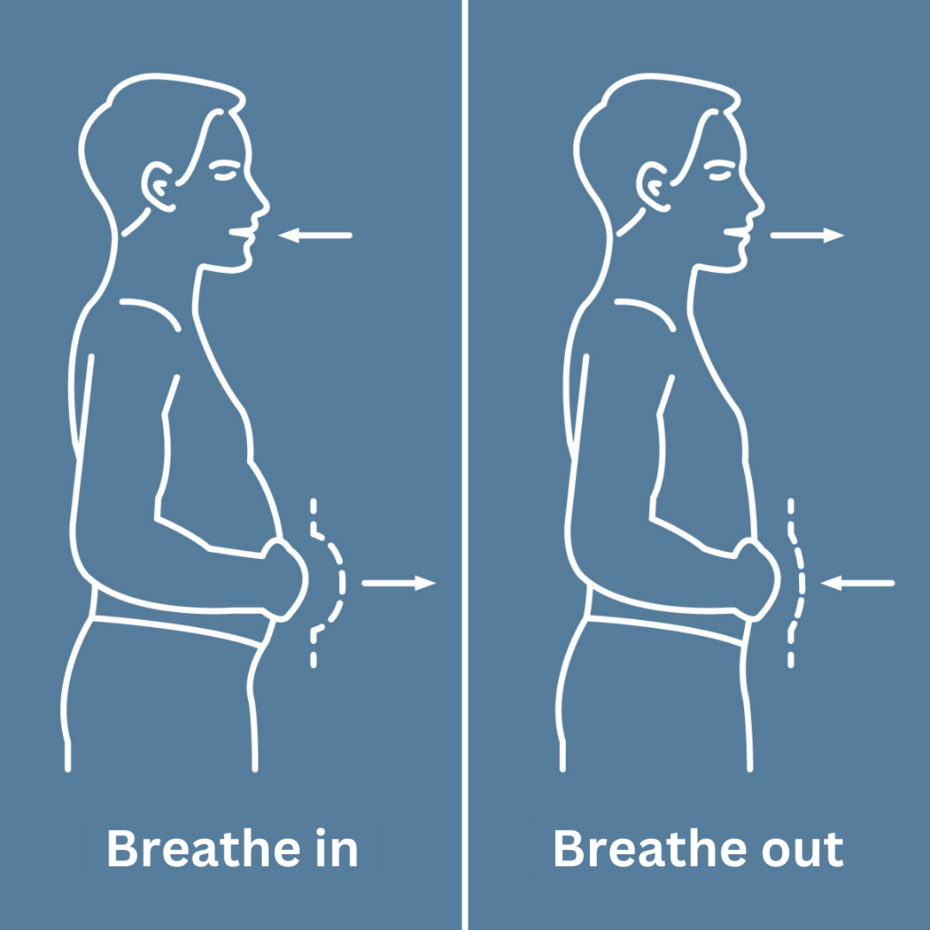
Huffing is a breathing technique that can be used to transport away the mucus from the upper bronchial and tracheal region (windpipe). This stops you coughing. For coughing is exhausting and can in certain circumstances, for example if you have a lung infection, be painful.
If secretions are broken down by nebuliser therapy and you can feel them in the upper bronchial areas or your trachea, briefly stop the inhalation and huff to remove the mucus.
» Instructions on huffing are here
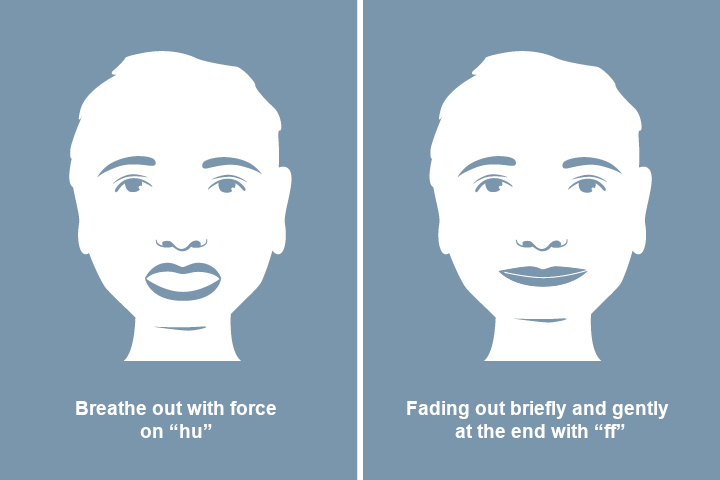
Always breathe through your nose – even if you feel short of breath. Breathing through your nose has many benefits and is healthier for your lungs. Why? All the advantages of breathing through your nose at a glance.
If you regularly have difficulty breathing through your nose, you should see a doctor.
Like pursed lip breathing, breathing through your fist is breathing against resistance and can be used to supress the urge to cough. If the urge to cough is too great, cough into your fist. This means that the mucosal membranes of the bronchial tubes do not collide against each other as violently when you cough.
If you feel the urge to cough during your nebuliser therapy, breathe in through the nebuliser and then out through your fist, until the irritation has passed.
» Breathing through your fist: Instructions
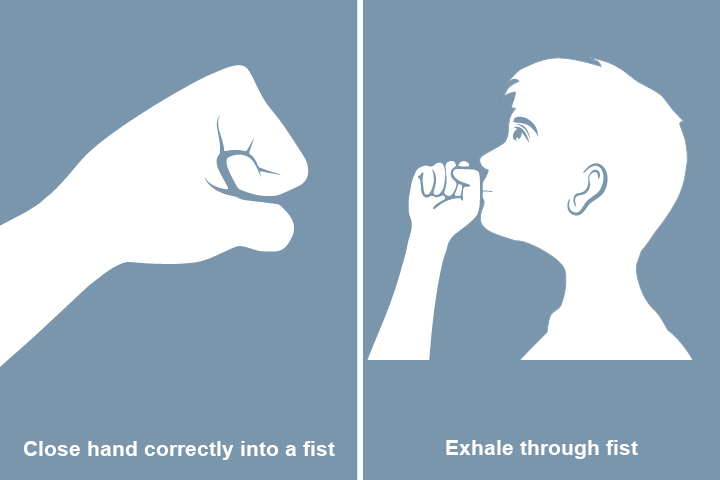
Remember: Breathing techniques are used to support you in your daily life, but are not a substitute for therapies you may need. They can relieve the breathing difficulties, but cannot heal them or address their cause.
If you have breathing difficulties, see your doctor to find out why and discuss the need for treatment.
* The lungs can become hyperventilated if the mucosal membranes of the bronchial tubes become inflamed – for example because of tiny particles of tar from cigarettes, which are deposited in the bronchial tubes, where they cause damage. This can cause irreparable harm to the alveoli. They can then no longer completely move the inhaled air back out of the bronchial tubes, where the air then remains.
Note: The information in this blog post is not a treatment recommendation. The needs of patients vary greatly from person to person. The treatment approaches presented should be viewed only as examples. PARI recommends that patients always consult with their physician or physiotherapist first.
An article written by the PARI BLOG editorial team.
© 2025 PARI GmbH Spezialisten für effektive Inhalation